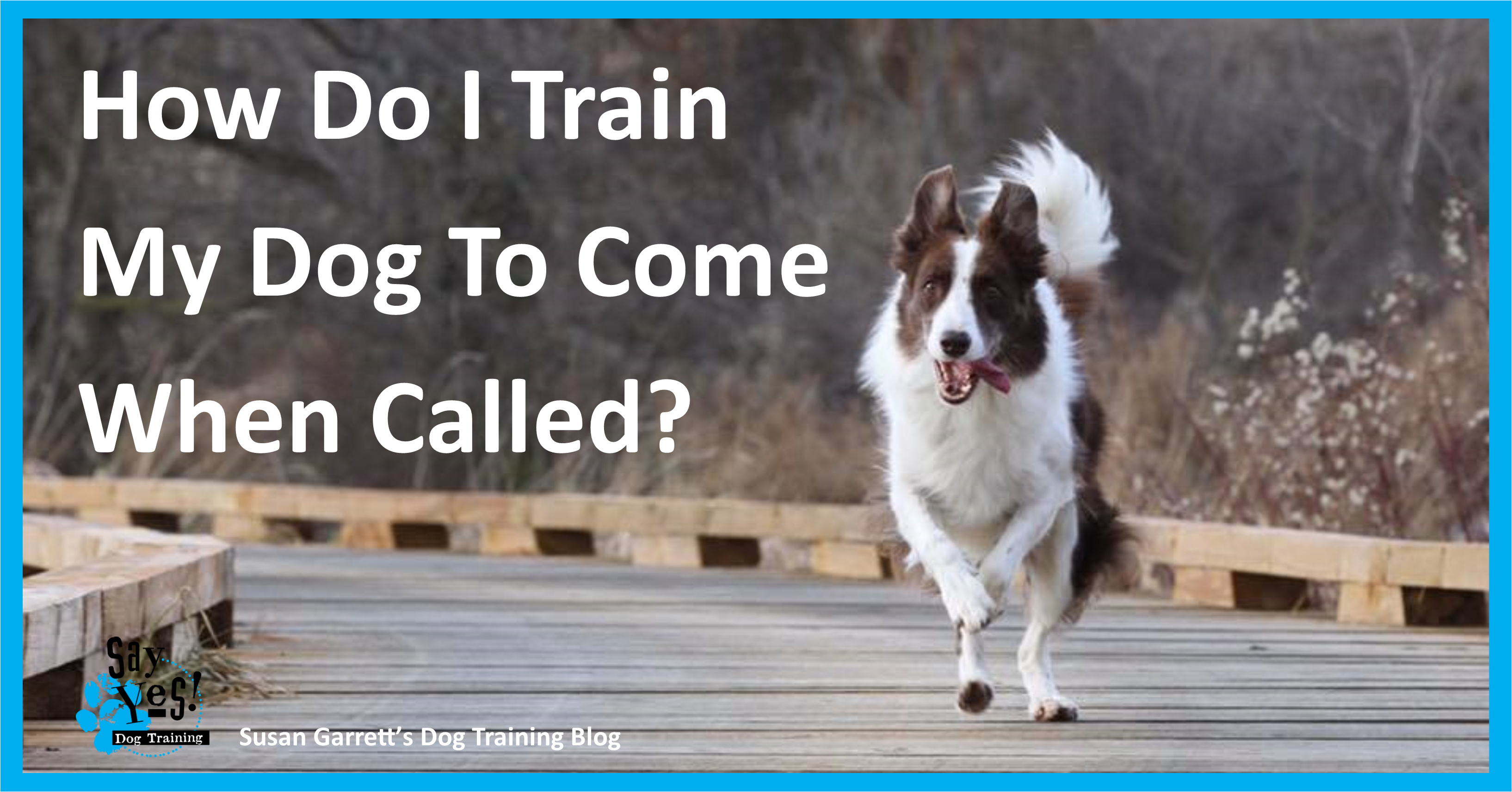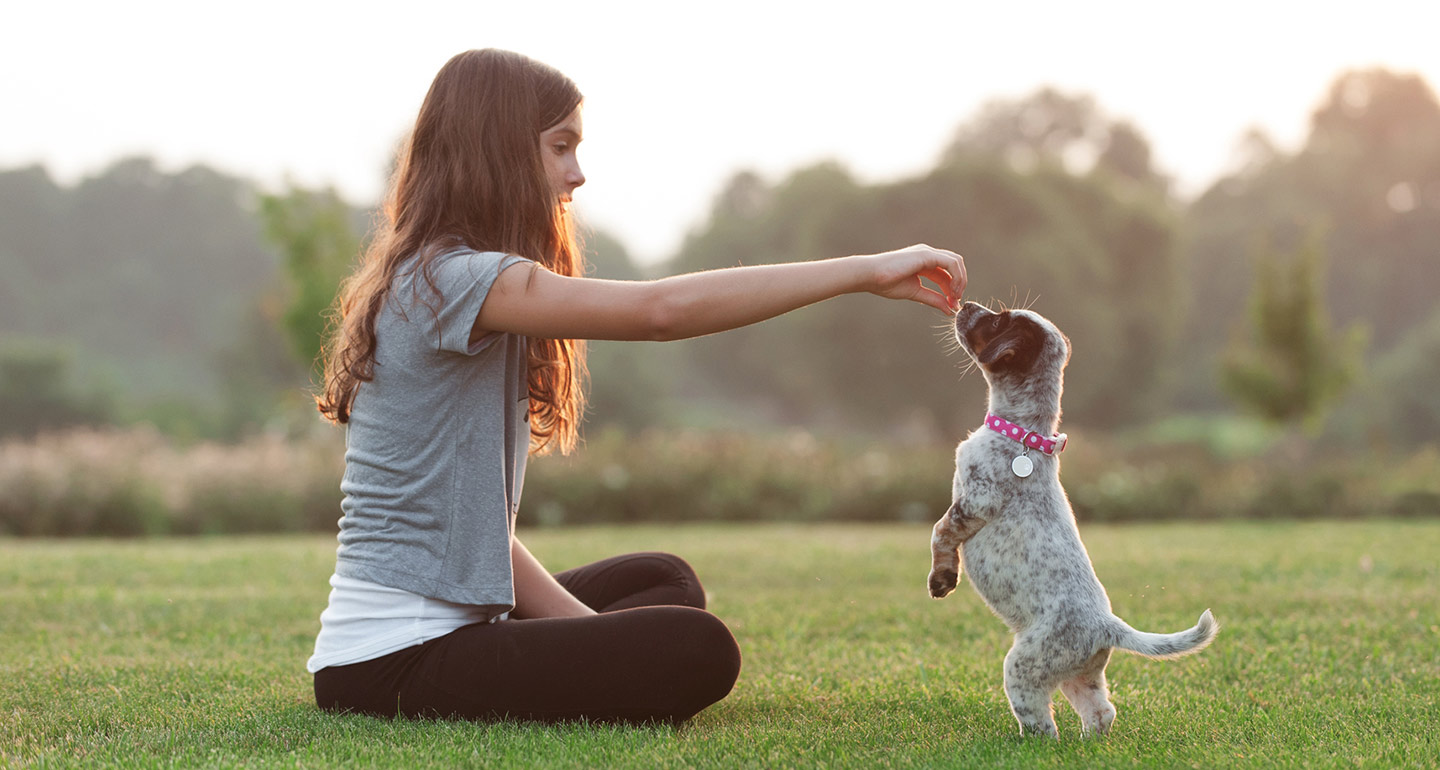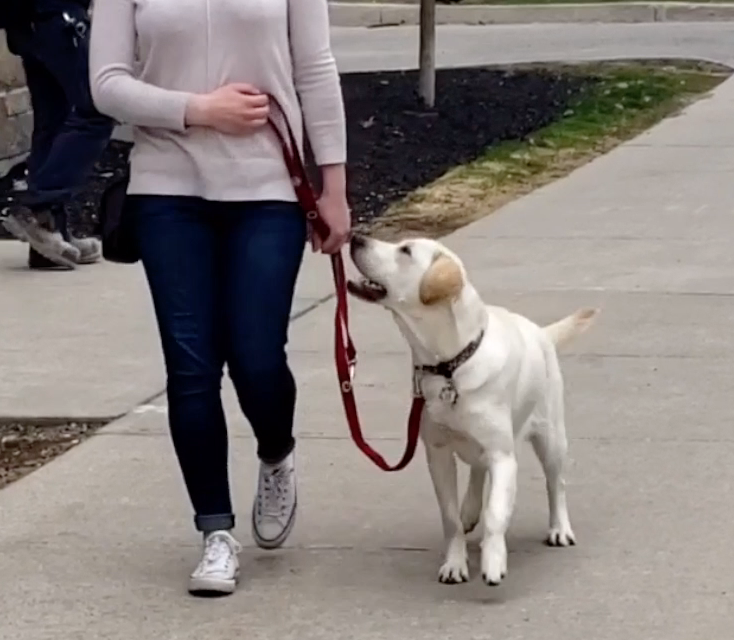how do i train my dog

How to Train Your Dog
Training your dog can be a rewarding experience, but it can also be challenging. With patience and consistency, you can teach your dog basic commands, good manners, and how to behave in different situations.
This guide will provide you with everything you need to know about training your dog, from choosing the right training method to dealing with common behavior problems.

Choosing the Right Training Method
There are many different training methods available, each with its own advantages and disadvantages. The best method for you will depend on your dog's individual personality and learning style.
Some of the most popular training methods include:

- Positive reinforcement: This method rewards your dog for desired behaviors, such as sitting, staying, or coming when called. Positive reinforcement is a gentle and effective way to train your dog, and it's the method recommended by most animal behavior experts.
- Negative reinforcement: This method uses aversive stimuli, such as a leash correction or a loud noise, to discourage your dog from unwanted behaviors. Negative reinforcement can be effective, but it's important to use it sparingly and only when necessary.
- * ** *Force-free training: This method avoids the use of any force or pain, and instead relies on positive reinforcement and clicker training. Force-free training is a humane and effective way to train your dog, and it's the method recommended by many animal behavior experts.
Getting Started with Training
Before you start training your dog, there are a few things you need to do to prepare.

- Choose a training area: Choose a quiet area where your dog is comfortable and won't be distracted.
- Have the right tools: You'll need some basic training tools, such as a leash, collar, treats, and a clicker (if you're using clicker training).
- Set realistic goals: Start with small, achievable goals, and gradually increase the difficulty as your dog progresses.
- Be patient and consistent: Training takes time and patience. Don't get discouraged if your dog doesn't learn a new command right away. Just keep practicing, and eventually your dog will get it.
Basic Training Commands
Once you've prepared your training area and gathered your supplies, you can start teaching your dog basic commands.

- Sit: To teach your dog to sit, hold a treat in front of his nose and say "sit." As he starts to sit, give him the treat and praise him. Repeat this process until your dog sits reliably when you give the command.
- Stay: To teach your dog to stay, hold a treat in front of his nose and say "stay." As he starts to stay, give him the treat and praise him. Gradually increase the amount of time you expect your dog to stay.
- Come: To teach your dog to come, hold a treat in your hand and call his name. As he comes to you, give him the treat and praise him. Practice this command in different environments and with distractions.
- Down: To teach your dog to down, hold a treat in front of his nose and say "down." As he starts to lie down, give him the treat and praise him. Repeat this process until your dog lies down reliably when you give the command.
Dealing with Common Behavior Problems

Once your dog has mastered the basics, you can start working on dealing with common behavior problems.

- Barking: If your dog barks excessively, there are a few things you can do to correct the behavior. First, try to identify what's causing your dog to bark. Is he barking at strangers, other animals, or noises? Once you know what's causing the barking, you can start working on a solution. For example, if your dog is barking at strangers, you can try desensitization training. This involves gradually exposing your dog to strangers in a controlled environment until he no longer feels the need to bark.
- Chewing: If your dog chews on everything in sight, there are a few things you can do to prevent the behavior. First, make sure your dog has plenty of chew toys to keep him occupied. Second, try to identify what's triggering the chewing behavior. Is your dog bored? Is he teething? Once you know what's causing the chewing, you can start working on a solution. For example, if your dog is bored, you can try giving him more exercise and attention.
- Pulling on the leash: If your dog pulls on the leash when you're walking him, there are a few things you can do to correct the behavior. First, make sure your dog is wearing a properly fitted harness or collar. Second, start by walking your dog in a quiet area with few distractions. As he starts to walk by your side, give him a treat.
Thank you for exploring our website by how do i train my dog. Your presence fuels our commitment to excellence. Come back for a more enriching experience!
